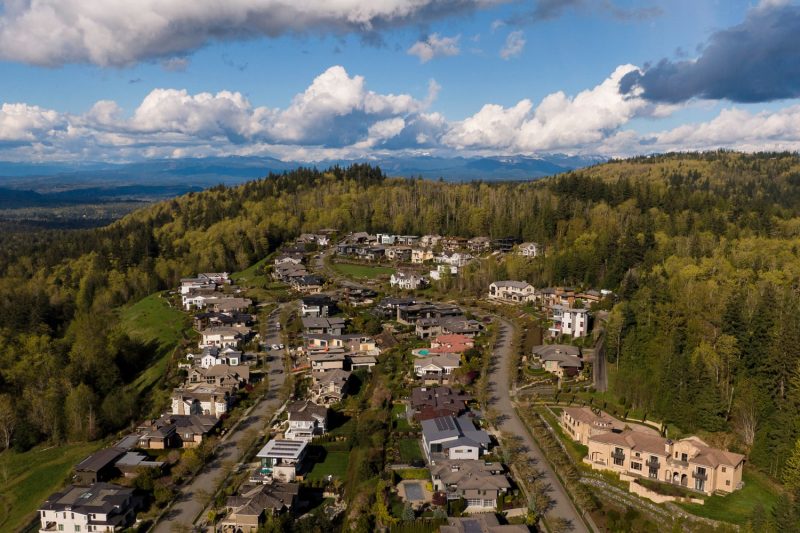The nation’s housing market continues to rise unabated with home prices surging yet again in February, notwithstanding higher mortgage rates, according to the latest Standard & Poor’s (S&P) Case-Shiller Home Price Index. Struck by a perfect storm of an inventory shortfall and unrelenting demand, February’s housing market saw a magnified distortion in the general appreciation of home prices nationwide.
The S&P/Case-Shiller U.S. National Home Price NSA Index, which covers all nine U.S. census divisions, noted a 11.2% annual gain in February, up from a 10.2% increase in January. This figure underscores the hottest home price appreciation since March 2014.
It’s important to grasp the seeming contradiction between rising home prices and increased mortgage rates. Under usual circumstances, higher mortgage rates serve to cool the housing market; however, what we see transpiring now is far from ordinary. Demand for houses remains unhesitatingly high while the supply of homes for sale plummets to historically low levels. The result is a market heavily tilted towards sellers, with buyers feeling the pinch of both escalating property prices and restricting mortgage rates.
Cities across America paint a picture of universal price inflation. The S&P/Case-Shiller national index reported a 3.0% quarter-on-quarter increase and a surprising double-digit 12-month rate of return. The 20-City Composite recorded a 1.7% seasonally adjusted monthly increase and a 11.1% annual gain, which bears testament to the current market dynamics.
Regionally, Phoenix, Seattle, and San Diego continued to report the highest year-over-year gains amongst the 20 cities in February. Phoenix led the way, making this the 22nd consecutive month Phoenix’s home price growth topped the charts, with Seattle and San Diego closely trailing behind.
In Phoenix, prices surged by a considerable 17.4% in February, compared with a year earlier. In Seattle, prices shot up by 15.4%, while San Diego showcased a 14.2% rise in prices. Interestingly, every city that makes up the 20-City Composite saw home price increases of some sort.
On the buyers’ end, the crushing reality is that getting a foot on the property ladder is becoming even more elusive. With the federal tax incentives to buy homes expired and home prices persisting to stretch far beyond the rate of income growth, ordinary buyers are finding it increasingly difficult to compete in this heated market. Even with mortgage rates rising, the pressure has not eased for first-time home buyers trying to break into the market.
Realtors and economic analysts speculated that the stimulus payments and continued consumer resilience might have played a part in fuelling February’s home price surge. In an unusual market scenario, the housing market has been one of the few sectors to have thrived during the pandemic, and the situation doesn’t seem to be easing up as we move further into 2021.
The combination of restricted supply owing to the pandemic, pent-up demand from lockdowns, and low-interest rates have created an extraordinary environment where home prices and mortgage rates continue to climb.
Interestingly, the current acceleration in prices is not limited to urban cores witnessing flight to the suburbs. According to Case-Shiller’s data, the price accelerations are as vibrant in inner-city neighborhoods as they are suburban or rural ones, challenging the usual narratives of urban decline and suburban rise spurred by the pandemic.
In conclusion, February’s housing market underlined a critical inflection point in the nation’s real estate narrative. With ever-tightening inventory and skyrocketing demand causing home prices to reach new heights, prospective buyers and investors are bracing themselves for a tumultuous real estate journey. Despite mounting mortgage rates, American homes seem to break price records each month, shaping an exceptional period in the housing market history.




